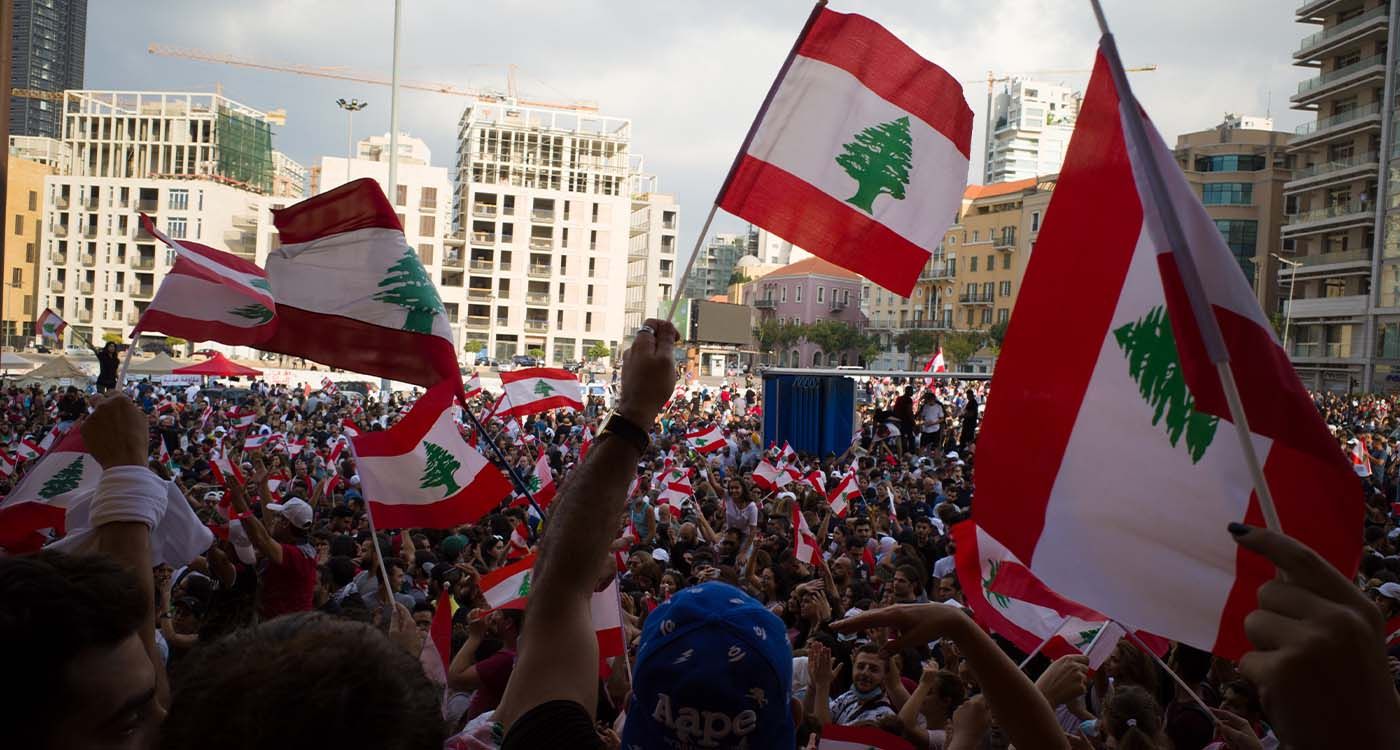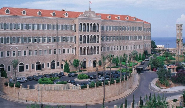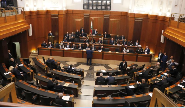
Six years after the first sparks of the October 17, 2019 protest movement, Lebanon looks back in the rearview mirror, struggling to recapture the brief moment of hope that once made many believe in a national rebirth. What was meant to be a popular uprising to overthrow a corrupt system turned into bitter disillusionment—a chain of missed opportunities and internal divisions—eventually becoming a tool in the hands of a “new elite,” drawn from civil society but often driven by personal, ideological, or foreign agendas detached from Lebanese reality.
In October 2019, Lebanon was on its last breath. Decades of corruption, clientelism, and mismanagement had pushed the country to the brink of collapse. The announcement of a tax on WhatsApp calls was the spark: hundreds of thousands of Lebanese, from all sects, poured into the streets, shouting their anger at the political class. The slogans carried an unprecedented energy: “Kellon yaani kellon”—“All means all,” a cry of total rejection of the sectarian system. For the first time, national discourse seemed to transcend confessional divides. Images of young protesters united under the Lebanese flag went around the world.
But the cracks appeared quickly. Behind the façade of unity, the “revolution” proved to be a patchwork of contradictory demands. On one side, genuine citizens demanding the rule of law and strong institutions; on the other, ideologically driven groups, often from the left or foreign-funded NGOs, who sought to steer the movement toward causes far removed from the immediate concerns of the Lebanese people.
The Trap of the “Organized” Civil Society
The term “civil society” quickly became the symbol of a new kind of legitimacy. But behind this appealing label emerged a self-proclaimed class of political actors, often detached from the realities on the ground, speaking the language of international donors rather than that of the Lebanese people. Many figures from the October 17 movement later presented themselves as “alternatives” in the 2022 parliamentary elections. They promised radical change—a secular state, structural reforms, and an end to clientelism and corruption. But once in Parliament, these newcomers proved unable to propose a common project. Their internal divisions came to light, exposing a strategic and ideological vacuum.
Worse still, some sought to position themselves as the spokespersons of a “progressive” Lebanon—in total rupture with the country’s social and geopolitical balance. Under the guise of modernity and transparency, they often defended positions aligned with foreign trends or international causes that had little to do with Lebanese priorities.
This drift was perceived by much of the population as a betrayal of the original movement. Instead of tackling real corruption, these new actors shifted the debate to ideological battles—radical feminism, identity politics, anti-religious rhetoric, or hostility toward any form of traditional authority.
Opportunistic Agendas Behind the Mask of Change
What was supposed to be a citizen revolution became a political springboard. Several faces of October 17 turned the protest into a career opportunity. Some founded NGOs with international funding; others joined diplomatic or media circles, becoming the standard-bearers of a “new Lebanon”—a Lebanon that paradoxically grew further from its own realities.
Where the people expected concrete solutions—reform of the electricity sector, justice, infrastructure, and a real fight against corruption—they received only conferences, empty slogans, and divisions. These self-proclaimed civil society leaders often preferred to fight among themselves rather than unite to confront the system they denounced.
The result is harsh: no structural reform has emerged. The economic crisis has worsened, purchasing power has collapsed, the lira has plummeted, and the state—the main culprit of this systemic crisis—remains paralyzed. Meanwhile, those who claimed to represent the voice of change have settled comfortably into TV studios and international think tanks.
A Revolution Without the People
One of the main failures of October 17 was its gradual detachment from the popular classes. What began as a people’s revolt against a corrupt elite was quickly taken over by a new elite, equally disconnected from the country’s deeper realities.
In the villages of the South, the Bekaa, or Tripoli, the rhetoric of urban activists from Beirut sounded foreign. The people—facing hunger and the collapse of public services—no longer identified with the “progressive” priorities of these new civil society figures. The gap widened, and the movement lost its base. Within months, the streets emptied. The great crowds vanished, replaced by roundtables and seminars. The dream of a united Lebanon against corruption gave way to an ideological struggle between factions, each claiming to embody the “true” revolution.
October 17 had sought to offer an alternative to the sectarian system. Six years later, that system remains—weakened, perhaps, but intact. The traditional political class weathered the storm, waiting out the turmoil and taking advantage of the disunity of its opponents. Meanwhile, the so-called “change representatives” failed to form a coherent force. Worse still, some ended up striking deals with the very parties they once denounced—in the name of “political realism.” The illusion ended abruptly.
Lessons from Disenchantment
The failure of October 17 is not only due to external manipulation or internal betrayal; it reveals a deeper flaw within Lebanese society itself. Lebanon wanted to believe that a popular surge alone could replace an entrenched system—one rooted since the civil war—without a real governance plan, without leadership, and without an understanding of regional power dynamics.
At its core, the October 17 movement was a victim of its own romanticism. It believed that a connected, educated generation could rebuild the country on the basis of slogans and hashtags. But Lebanon’s realities—communal, economic, and geopolitical—do not bend to the logic of social media.
Today, October 17, is little more than a symbolic date, recalled each year with a mix of nostalgia and bitterness. Its most visible figures have become institutionalized, integrated into the system, or marginalized. The people, for their part, no longer believe. Yet beyond its illusions and missteps, the movement at least exposed the depth of Lebanese despair. It showed that the country yearns for change—but that such change cannot come from a manipulated street or an opportunistic elite. Renewal, if it comes, will emerge from a deeply rooted collective awareness, not from a passing trend or slogan.
In the end, October 17 will be remembered as a moment of national intoxication—an illusion of unity, a betrayed promise, a dream that dissolved in the ambitions and agendas of those who claimed to serve it.





Comments